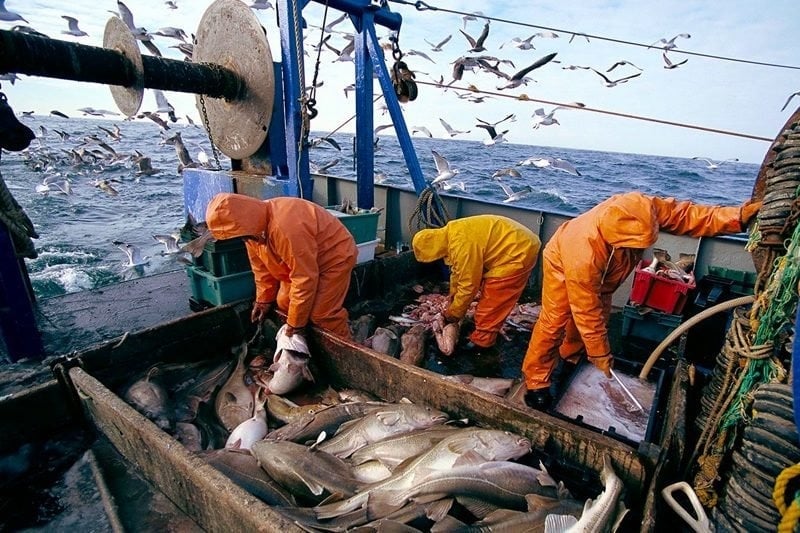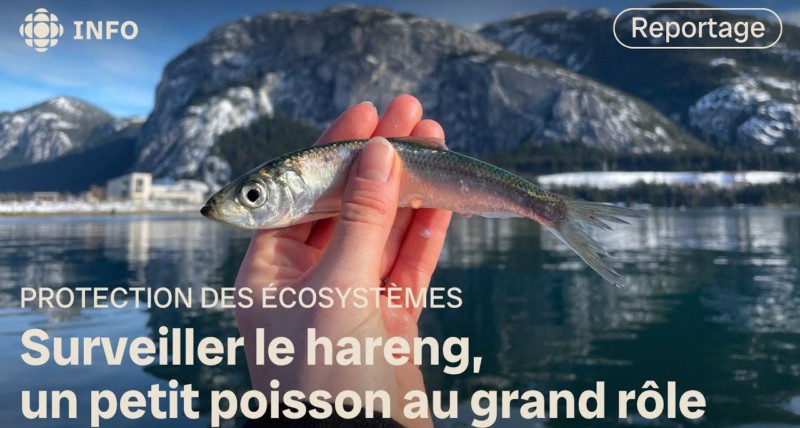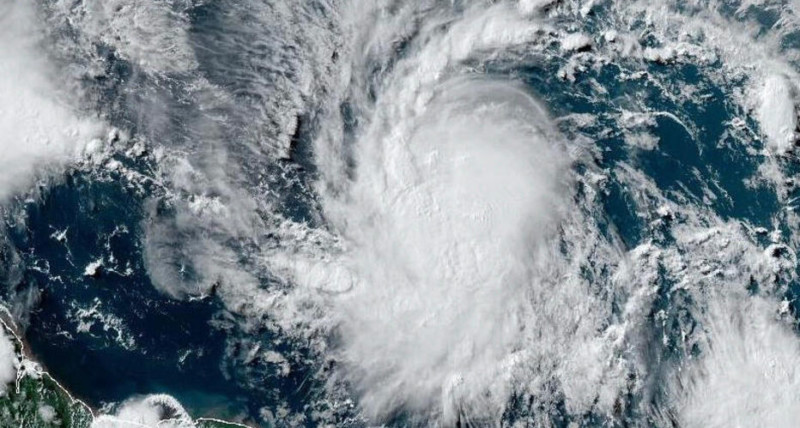The dependence of the European Union (EU) market for fishery and aquaculture products on external producers is significant, with Morocco positioning itself among the three main exporters of these products, reveals a study by the Thematic Department of Structural and Cohesion Policies under the European Parliament.
Named “Policy options for strengthening the competitiveness of the EU fisheries and aquaculture sector”, the study provides an overview of existing competitiveness indicators as well as the main trends in the supply of fishery and aquaculture products. of EU aquaculture through extra-EU imports, while identifying the main internal and external factors affecting the competitiveness of the sector.
In 2022, the flagship products of the European fisheries and aquaculture market were salmonids, with a turnover of 8.58 billion euros, followed by crustaceans, generating 5.64 billion euros of recipes. Groundfish was also significant, although down slightly from its peak of €5.15 billion in 2019, with a turnover of €4.75 billion. Tuna also made a notable contribution, totaling €3.23 billion in turnover.
When it comes to major suppliers outside the EU, Norway stood out as the clear leader with exports reaching €8.58 billion, representing 27% of total EU imports by value. China also played a major role in supplying seafood worth €1.81 billion. Morocco was notably a key supplier, exporting 1.61 billion euros of fishery products to the EU. The United Kingdom and Iceland completed this group of main extra-EU suppliers, with exports of €1.57 billion and €1.32 billion respectively.
Additionally, the European fishing market was marked by the performance of several key products in 2022. Squid was notable, with the Falkland Islands, India and Morocco standing out as the main suppliers to the EU , totaling 69,400 tonnes, 42,800 tonnes and 21,200 tonnes respectively.
Small pelagics also played a significant role, with the EU importing around 469,000 tonnes of these species, worth a total of €933 million. Mackerel, herring, sardines and anchovies have attracted attention in the European market, with Norway, the United Kingdom, Iceland and the Faroe Islands dominating supplies for Nordic fisheries, while Morocco has been a major player in southern fisheries.
Sardines also experienced significant growth during the period 2008-2022, both in volume, reaching 84,000 tonnes in 2022, an increase of 15%, and in value, reaching 182 million euros in 2022, an increase of 30% increase. This increase is mainly attributable to the increase in prices (+63%).
According to the study, Morocco dominated extra-EU imports of sardines, accounting for 93% of the total in 2022. Among the species concerned, the sardine (Sardina pilchardus) was the center of attention, accounting for 48% of the capture of the CECAF zone.




